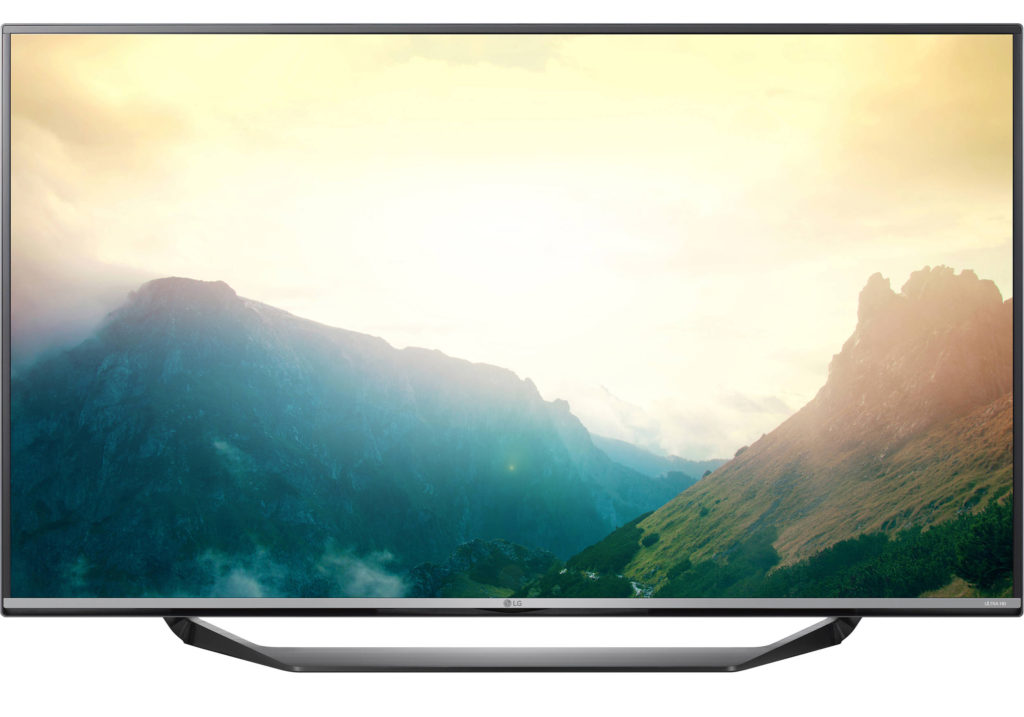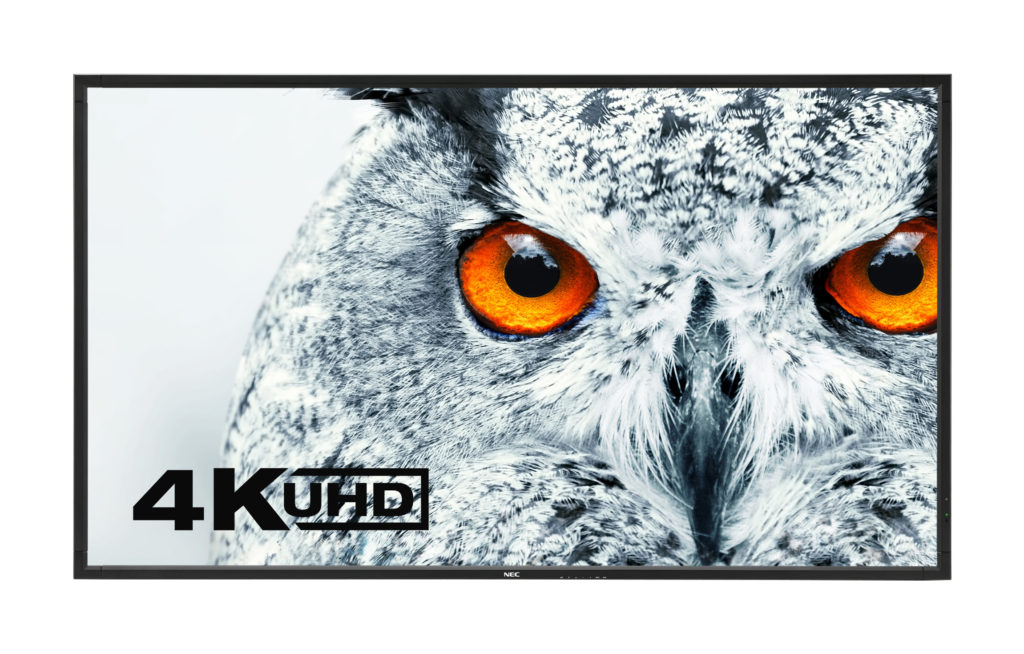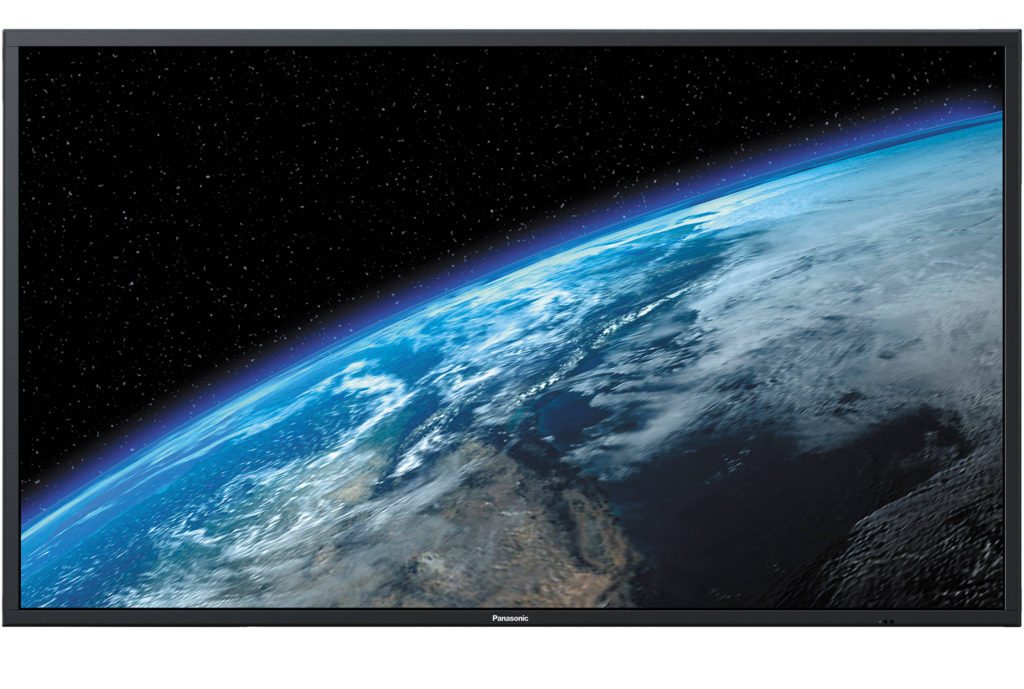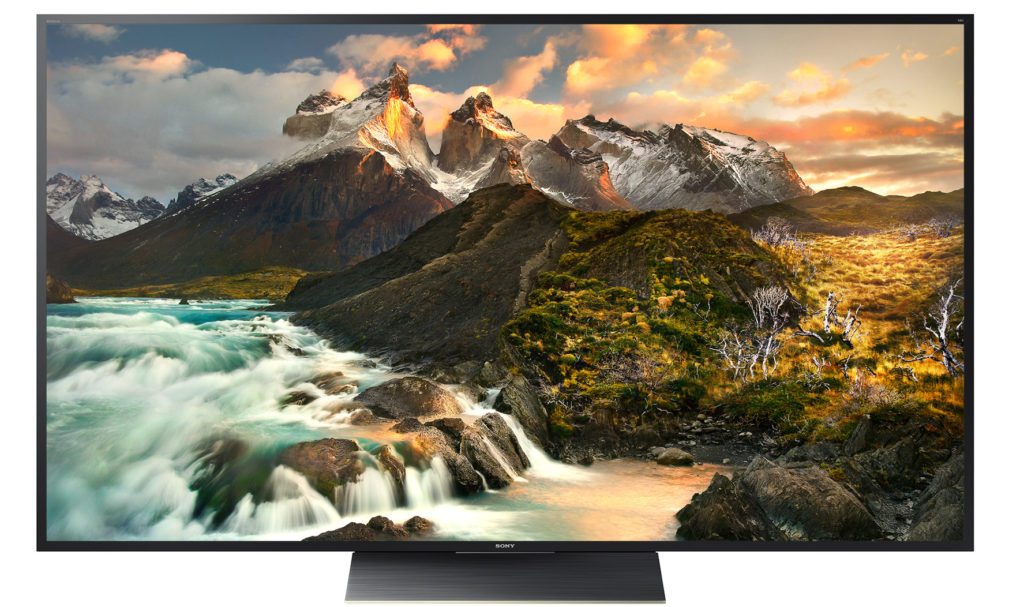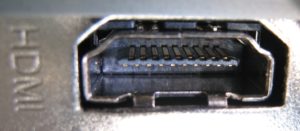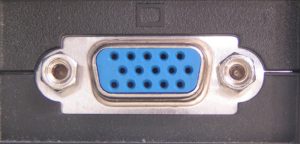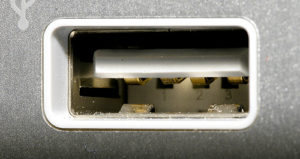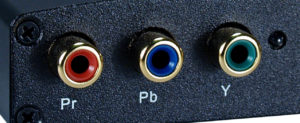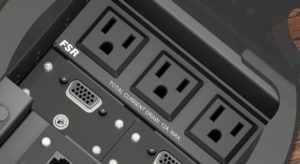Previously on this blog, we looked at the best conference room TVs and best conference room projectors of 2017. But one thing we haven’t addressed yet is which is the better solution. So if you have a large empty wall in your conference room and can’t decide if you want to fill it with a TV or a projector screen, this blog should help you make up your mind.
Projectors: Pros
If your conference room is exceptionally large, a 60-inch TV just isn’t going to cut it. Even a 100-inch TV screen—pretty much the largest size that’s commercially available—may leave some people straining their eyes. This is where a projector will come in handy. Some models are capable of projecting onto a 300-inch screen without compromising the image. That’s roughly the same size as your local multiplex’s smallest screen, so even if all your end users forget their glasses at home, you’re unlikely to hear anyone complain that the screen is too small.
And if you need a large image, projectors will also save you money. A 100-inch TV comes with a price tag of $60,000. But a projector capable of filling up a 300-inch screen can be purchased for somewhere between $5000 (high end) and $27,000 (extremely high end).
Companies that use video to woo clients will find a high-end projector especially useful. A sales pitch that involves a video presentation is going to carry far more oomph on a giant screen with a 4K projector than on a TV.
Projectors: Cons
The major drawback of a projector is that the bulb has the lifespan of a fruit fly. If your end users are forgetful and leave the projector running overnight, you could be replacing that bulb fairly often. All those replacement bulbs are going to add up quickly.
Do you have a speaker system to go along with the projector? If not, you may want to get one. The built-in speakers on projectors are notoriously bad.
And if you use your display mainly for PowerPoints, a 300-inch projector screen isn’t going to make those pie charts any more visually compelling.
TVs: Pros
For smaller conference rooms, a 60-inch display is really all that you need. Most business meetings are attended by 8 people or less, and it’s difficult to imagine a scenario (apart from sales pitches) in which an 8-person meeting would require a 300-inch screen.
Since TVs have a longer lifespan than projectors, you don’t have to worry about turning them off after every meeting, which means that you can use them for digital signage. If you’re going to pay a few thousand dollars for a screen, you may as well get the most out of it, and one way to get the most out of it is to use it to display the conference room schedule, company notifications, or promotional photos/videos when meetings aren’t in session. After all, you don’t cover up your paintings with cloth when you’re not in the room, so why leave the TV off?
TVs: Cons
As stated above, good luck finding a 300-inch TV.
Conclusion
Whichever display you ultimately decide on, always remember: Your end users are going get frustrated if it takes them 5 minutes to connect their laptop to it, and if you rely on a cabinet full of cables and adapters (HDMI, VGA, mini DisplayPort, etc) to solve your connectivity issues, a 5 minute set-up time is going to be common. We recommend looking into a wireless presentation solution instead.
ADDITIONAL READING
AV System Integrators: Are They Really Necessary?
Wireless Conference Rooms Vs. Cabled Conference Rooms: Which Has the Better ROI?
Conference Room Cable Management Checklist

